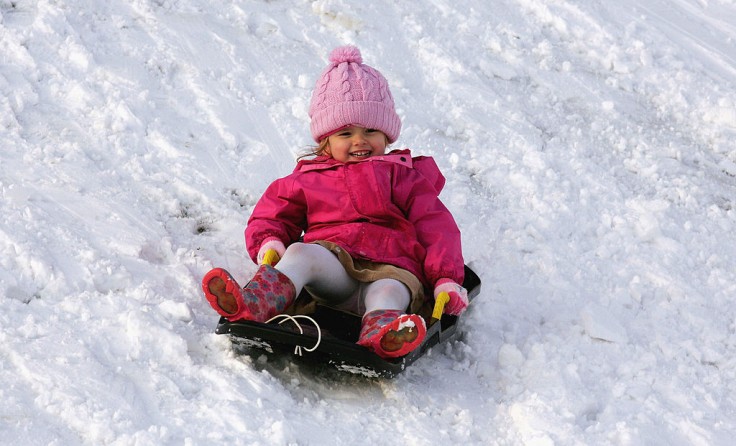
When the first snowflake descends from the sky and lands gently on the ground, the joy in a child's eyes is unparalleled.
However, as parents, we often feel a pang of concern about the plunging thermometer readings. Ensuring our child's comfort during these frosty temperatures becomes our top priority.
Welcome to "Winter Layering 101", a guide tailored to help parents ensure their children stay warm and comfortable even in the coldest of seasons.
Why Is Proper Winter Layering Crucial?
Before diving into the "how", it's essential to understand the "why". Cold weather can be harsh, especially for young ones. Their bodies lose heat more quickly than adults, making them susceptible to hypothermia and frostbite.
Proper layering not only ensures your child's comfort but also keeps them safe from these potential cold-weather hazards.
The Three-Tiered Approach to Layering
1. Base Layer: This is the layer in direct contact with the skin, and its primary function is moisture management.
Materials: Look for materials such as merino wool or synthetic fibers like polyester, which wick away moisture and keep the skin dry. Remember, dampness causes discomfort and decreases insulation efficiency.
Fit: This layer should be snug but not tight. It should sit close to the skin to effectively wick away moisture.
2. Middle Layer: The purpose of this layer is insulation. Think of it as the cozy blanket that traps heat.
Materials: Fleece and down are excellent insulators. They trap heat and provide the warmth your child needs.
Fit: The middle layer should be looser than the base but still relatively snug. You want to trap as much air (and thus heat) as possible.
3. Outer Layer: This layer's role is to protect against external elements like snow, wind, and rain.
Materials: Waterproof yet breathable materials are a must. Nylon and Gore-Tex are common choices.
Fit: The outer layer should fit comfortably over the other two layers, allowing for movement and ensuring your child's comfort.
Few Handy Tips to Remember on Winter Layering
Avoid Cotton: While cotton feels soft, it retains moisture, which can be a recipe for discomfort in frosty temperatures.
Pay Attention to Extremities: Hands, feet, and the head are where most of the heat is lost. Ensure these areas are well-covered.
Adapt to Activity: Children are bundles of energy. If they're engaged in high-energy activities like sledding or snowball fights, they might need fewer layers. Be observant and adjust accordingly.
Wrapping Up
"Winter Layering 101" is not just about clothing but ensuring your child's comfort and safety during the harshest of seasons.
As the frosty temperatures roll in, armed with this knowledge, you can be confident that your little one is not just protected but also enjoying the beauty of winter to its fullest.
The joy of watching your child make their first snow angel or slide down a snowy hill on a sled is unparalleled.
By mastering the art of layering, you ensure these memories are filled with laughter and joy, free from the concerns of the cold.
So, as the winter winds begin to howl, and the landscape gets draped in a blanket of white, remember this guide. With the right layers, frosty temperatures will be nothing but a backdrop to your child's winter adventures.
Related Article: Family-Friendly Movies: 10 Entertainment for Both Kids and Parents